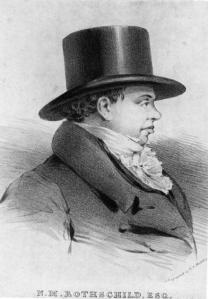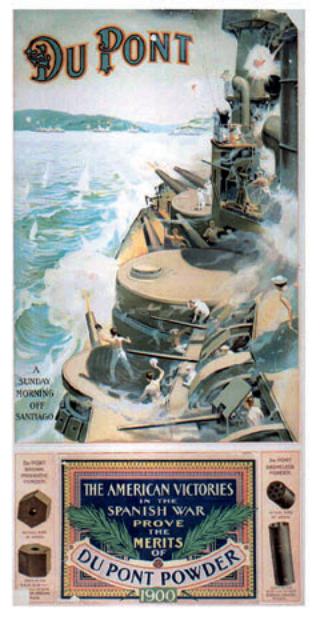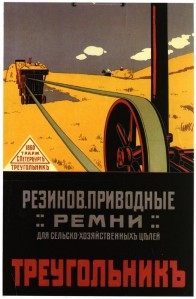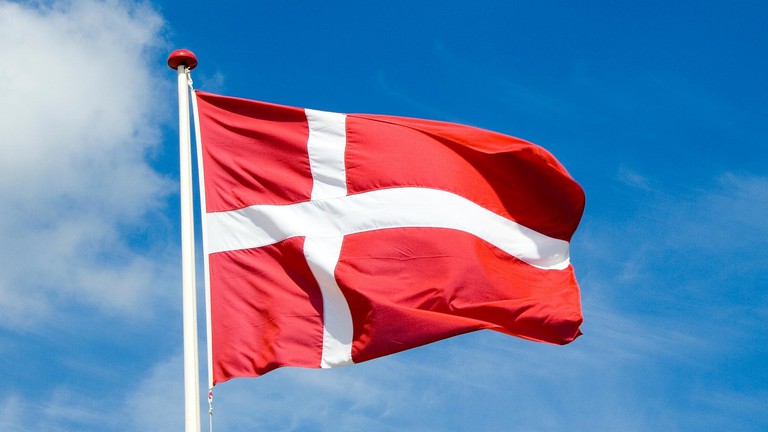Chapter 8 – Blood-Money
Now let’s turn back to Europe , to time when England and France
went to war also known as the Napoleonic war.

napoleon
Remember this from chapter 3 :
“After that the merchants quickly adopted the custom
of depositing their riches with the goldsmiths who
in exchange issued deposits reciepts called “goldsmith notes”
, then when the goldsmiths began calling themselves “bankers”
they call them ” bank notes”
Ok now we have a look at a family who started as a money changer and became
not only Bankers but Bankers who control national Economic.
The Rothschild family
known as The House of Rothschild,
or more simpel the Rothschilds.
A European family of German Jewish origin that established European banking and
finance houses from the late eighteenth century.
The family’s rise to European prominence began with Mayer Amschel Rothschild.
Born Frankfurt am Main, Germany 1744,
the son of Amschel Moses Rothschild,a money changer.
Born in the ghetto called Judengasse of Frankfurt,
He developed a finance house and spread his empire by installing each of
his five sons in European cities to conduct business.
He trained them on the skills of money creation.
He then sending them to the cities to open Bank’s.

Nathan Mayer Rothschild
His sons were:
Amschel Mayer Rothschild (1773–1855) : Frankfurt
( He took care of the hometown bank )
Salomon Mayer Rothschild (1774–1855) : Vienna
( Secondary Bank )
Calmann Mayer Rothschild (1788–1855) : Naples
( Third Bank )
Jakob Mayer Rothschild (1792–1868) : Paris
( Fourth Bank )
(He supported the French part of the war with loans )
Nathan Mayer Rothschild (1777–1836) : London
( He came to london in 1798 )
( He supported the Brittish with loan to the war )
Nathan Mayer Rotschild helped Prince William of Germany speculate in coins.
The Rothschilds already possessed a very significant fortune
before the start of Napoleonic Wars.
When Napoleon forced prince William in Exile he send 555.000 £
to Nathan with orders to buy British Government Stock’s.
From 1813 to 1815,
Nathan Mayer Rothschild in London was instrumental in the financing of the
British war effort, financing the shipment of bullion to the
Duke of Wellington’s army in Portugal and Spain, as well as arranging the
payment of British financial subsidies to their Continental allies.
In 1815 alone, the Rothschilds provided £9.8 million (in 1815 currency prices)
in subsidy loans to Britain’s continental allies.
Mayer Rothschild successfully kept the fortune in the family with carefully
arranged marriages, including between first or second cousins, although
by the later 19th century, almost all Rothschilds had started to marry outside
the family, usually into the aristocracy or other financial dynasties.
An essential part of Mayer Rothschild’s strategy for future success
was to keep control of their businesses in family hands, allowing them to
maintain full discretion about the size of their wealth and their business
achievements.
Following a technique used by the aristocracy, which was also later copied
by business dynasties such as the Du Pont family,
The basis for the Rothschild’s most famously profitable move was made after
the news of British victory had been made public.
Nathan Rothschild calculated that the future reduction in government borrowing
brought about by the peace would create a bounce in British government bonds after
a two year stabilisation, which would finalise the post-war re-structuring of the
domestic economy.
In what has been described as one of the most audacious moves in financial history,
Nathan immediately bought up the government bond market, for what at the time seemed
an excessively high price, before waiting two years, then selling the bonds on the
crest of short bounce in the market in 1817 for a 40% profit.
Given the sheer power of leverage the Rothschild family had at its disposal,
this profit was an enormous sum.
As we can see here the rich Capitalistic Bourgoises have the power to finance wars.
Before Nathan and he’s family there was others and there will came not many but new
families in the future who get the power to control wars with their financial values.
But, but ,but it’s not ending there , no those families they own at the same time the
industry who make everything from weapons ( Dupont ) to producing Rails , newspapers
( yes they sit on the media as well ) , Food ect ect.
When they leand money to the Government’s they at the same time sell them the nessesary
equipment to their wars , Hm does this smell like a BIG BIG rat eating the Government’s ?
The answer is yes it is , the Government’s pay for their needs to the Capitalistic’s
Bourgoises who lend them the money and this bring the National debt up and up.
Who pay for this ? The taxpayers , they enslaves by their own Government’s to produce
more and more value there end up in those families pockets.
Ps : The family supported both part in the war with loans and sold them goods.
Next chapter – The road to destruction.








